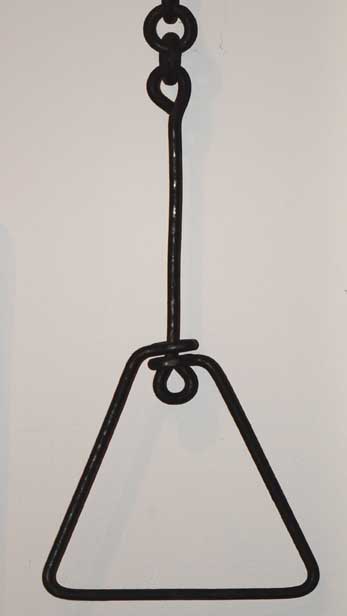
The Horse & Buggy Era (1880-1900)The Gray Brothers Gunter's Chain |
|||
|
|||
Gunter's Chain was used in the Harlowe area |
William Gray was a stone mason who immigrated to Kingston from Ireland in the 1830's. Family tradition relates that, in 1834, while watching Irish emigrants disembarking at Kingston, he saw the girl of his dreams. He married Hester Echlin the same year. Their son Robert John Gray was baptized at the Presbyterian Church April 11, 1841. Shortly after, they moved to Dundas, Beverley Township, near Hamilton and farmed on land owned by Hester's father, Robert Echlin. DISCOVER MORE![]()
In 1854, under the supervision of Aylsworth B. Perry, the Addington, or Perry, Road, was pushed northward from Flint's Mills to the Ottawa and Opeongo Road, expanding settlement into Kaladar and Denbigh Townships. Aylsworth's brother, Ebenezer, was appointed land agent. Setters could receive up to 100 acres of land, but had to follow a series of conditions to keep the property. Settlers had to be at least 18 years old, take possession of the property within one month of the grant, cultivate at least 12 acres of land within four years, build a home of at least 20 x 18 feet, and reside on the property until all the conditions were met. Aside from farming, logging was the chief activity supporting new settlers.
By 1856, Robert John Gray moved to Kaladar Township. On the 1861 census, Robert John Gray is listed as a lumberman. After his marriage to Deborah Catherine Morgan in 1864, he homesteaded in Barrie Township, Frontenac County. Two of their sons, Daniel (1870-1931) and John (1876-1962) Gray, were surveyors in Barrie Township. For surveying, the brothers used a Gunter's chain.
The Gunter's chain was a measuring device invented by Edmund Gunter (1581-1626), a mathematician from England. Gunter designed his chain to be 66 feet long, and divided it into 100 iron or steel wire links, with a triangular handle at each end of the chain. Brass tally tags were attached to the rings at regular intervals, typically every six feet. The length of one chain equalled a two lane road allowance; while 100 chains equalled the distance between concessions, or a mile and a quarter; and 10 square chains equalled an acre. The Gunter's chain remained in use until it was replaced by steel tape in the early 1900s.
© Lennox & Addington County Museum & Archives
97 Thomas Street East, Napanee, Ontario, Canada K7R 4B9
Funding provided by the Government of Ontario and the County of Lennox & Addington




